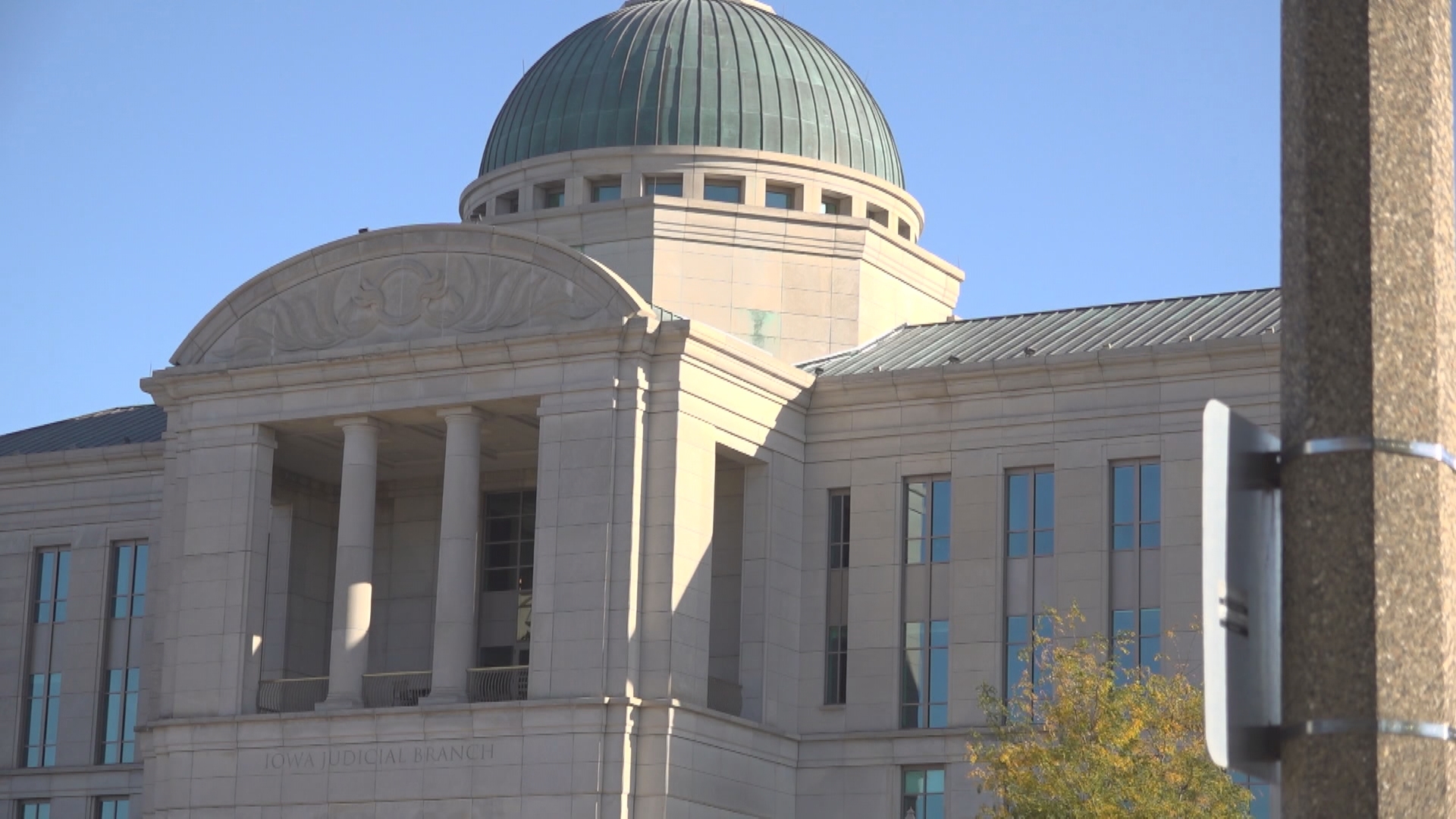Daylight saving time in the United States begins on the second Sunday in March and ends on the first Sunday in November. Lawmakers recently reintroduced a bill that would make daylight saving time permanent year-round nationwide.
On social media, some users have brought up “the last time” the U.S. tried permanent or year-round daylight saving time, and online searches, such as “daylight saving time permanent 1970s” and “daylight saving time permanent 1974,” have been on the rise.
THE QUESTION
Has the U.S. tried year-round daylight saving time before?
THE SOURCES
THE ANSWER
Yes, the U.S. has tried year-round daylight saving time twice before. Neither time was intended to be a permanent change to the clocks.
WHAT WE FOUND
The Department of Transportation (DOT), which has authority over time zones and daylight saving time, says the purpose of daylight saving time is to attempt to save energy, reduce traffic injuries and reduce crime. Clocks are moved forward one hour in the spring when daylight saving time begins, and are moved back one hour in the fall when standard time begins.
The U.S. has attempted year-round daylight saving twice before: Once from 1942 to 1945 in response to WWII, and again as a “trial” in 1974, although it reimplemented standard time before the year’s end.
In 1918, when daylight saving time was first implemented in the U.S., it was at the time a temporary measure from the spring to the fall to try to save energy costs during World War I, the Congressional Research Service (CRS) says. The Department of Defense (DOD) says it was implemented as part of the Standard Time Act in March 1918, which also created the five U.S. time zones that still exist today. Federally mandated daylight saving time was repealed just a year and a half later, after the war ended, and everyone went back to standard time year-round.
In February 1942, the DOD says, the federal government reimplemented daylight saving time for WWII — this time as a year-round measure until the war ended. The reason the government gave for “war time” — its WWII name for daylight saving time — was to attempt to conserve fuel and “promote national security and defense.”
The entire U.S. remained in year-round daylight saving time until the war’s end in 1945, when it was once again repealed in its entirety.
In 1966, Congress passed the Uniform Time Act, the CRS says, which established an annual daylight saving time beginning in the spring and ending in the fall.
Then, in the 1970s, the U.S. once again tried year-round daylight saving time. Then-President Richard Nixon announced that the U.S. would stay in daylight saving time year-round for two years beginning in January 1974. He claimed it would save barrels of oil during the winter months to combat an ongoing energy crisis.
Congress used the 1974 decision as a “trial period” for permanent daylight saving time and charged the DOT with studying its impact. In June 1974, the DOT gave Congress an interim report that said it supported “proceeding with the second year of the experiment,” but that it believed Congress should amend it to include four months of standard time from October 1974 to February 1975 — citing public opinion as a major reason for the change. Congress granted the request, and daylight saving time lasted just eight months in 1975.
When a review board presented the final report of the DOT’s study to Congress in 1975, it found that commonly held beliefs that daylight saving time saved significant amounts of energy, either improved or worsened traffic safety and reduced crime were all unfounded. The report said there were “no significant energy saving or differences in traffic fatalities” when daylight saving time remained in effect year-round. The study concluded savings in energy consumption, improvements in traffic safety and reductions in violent crime from year-round daylight saving time would be “minimal” and “difficult to distinguish from seasonal variations and fluctuations.”
Congress did not continue implementing a year-round daylight saving time when the trial came to an end in the fall of 1975. Standard time returned, and daylight saving time started at its usual date in April 1976.
The Department of Energy conducted another study on potential daylight saving time benefits in 2005, when the federal government expanded daylight saving time to begin in March instead of April and end in November instead of October — a change that remains in place today. The study found each day of extended daylight saving time reduced total national electricity consumption by 0.5% each day, and any changes to national traffic volume and motor gasoline consumption for passenger vehicles were considered to be “statistically insignificant.”



